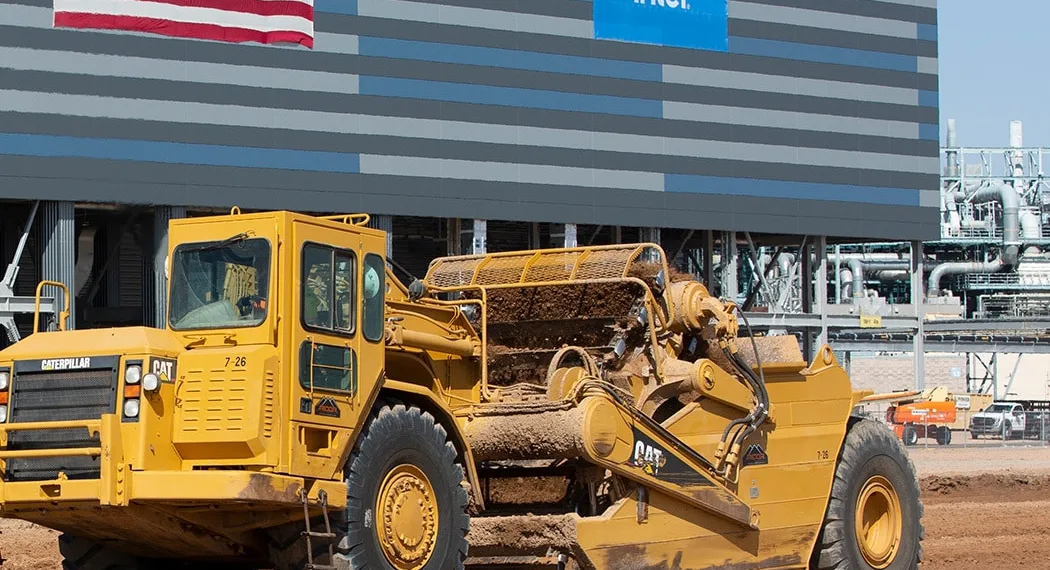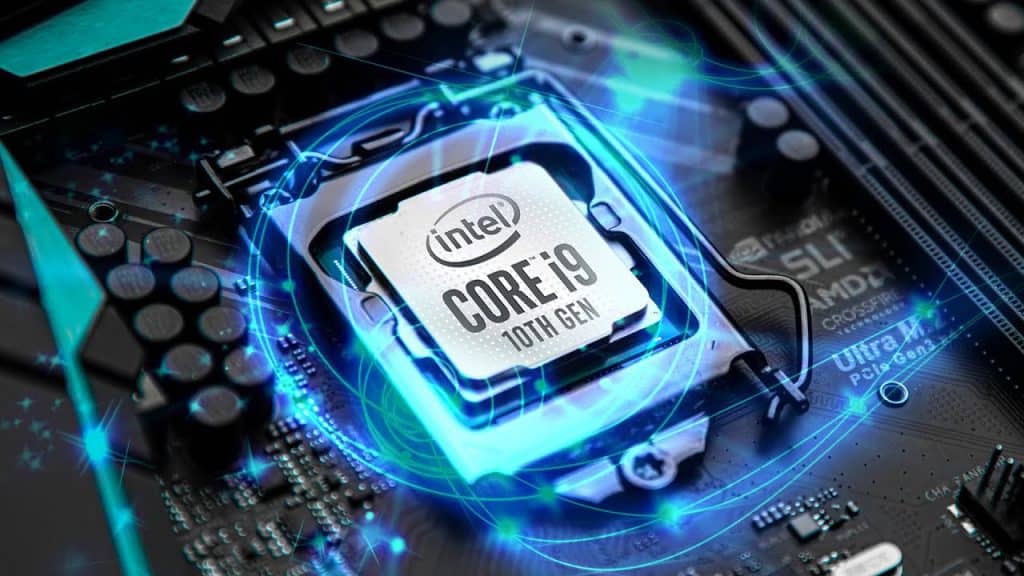Intel has started its work on plans to compete against its biggest rivals in the chip manufacturing sector, TSMC, and Samsung. The plan is to construct two chip manufacturing plants in Arizona which will increase Intel’s chip manufacturing capacity.
This new facility will also help Intel to garner more supply surplus in the heated semiconductor market. Intel expects both facilities to be completed and ready for operations by no earlier than 2024.
Intel has monikered the two plants “Fab 52” and “Fab 62,” and the location of the two semiconductor plants are near four existing plants at the Ocotillo campus, Intel’s main North American fabrication facility, in Chandler, Arizona.
Intel’s CEO, Pat Gelsinger, greeted government officials during a ceremony, which celebrated the newest and largest privately funded investment in Arizona’s history. The venture went as high as $20 billion which is used towards this project, and this gives Intel the extra ability to create next-gen EUV production lines and allow for more capacity for manufacturing advanced chip technologies.
Both Intel’s CEO and other representatives of the company feel that this new facility will create thousands of new jobs in Arizona close to 3,000 construction jobs as well as higher-paying and executive positions, and upwards of 15,000 various indirect positions for the North American region.
The construction of the two new fab facilities is part of the IDM 2.0 strategy in which the new Intel Foundry Services (IFS) division for “contract manufacturing” for other businesses. The president of Intel Foundry Services, Randhir Thakur has requested additional funding from the Biden administration, calling for “domestic semiconductor manufacturing beyond the $52 billion currently allocated in that direction.”
The IFS, in July, had disclosed that the company had secured both Qualcomm and Amazon as their first two major companies to utilize Intel’s semiconductor chips for their projects. The company has also secured a deal with the Pentagon for the beginning phases of the Rapid Assured Microelectronics Prototypes – Commercial (RAMP-C).
Intel’s two semiconductor fabs will begin production of Intel’s 20A process technology and will utilize the Gate-All-Around (GAA) transistors, as well as power via interconnections for its RibbonFET variants.









